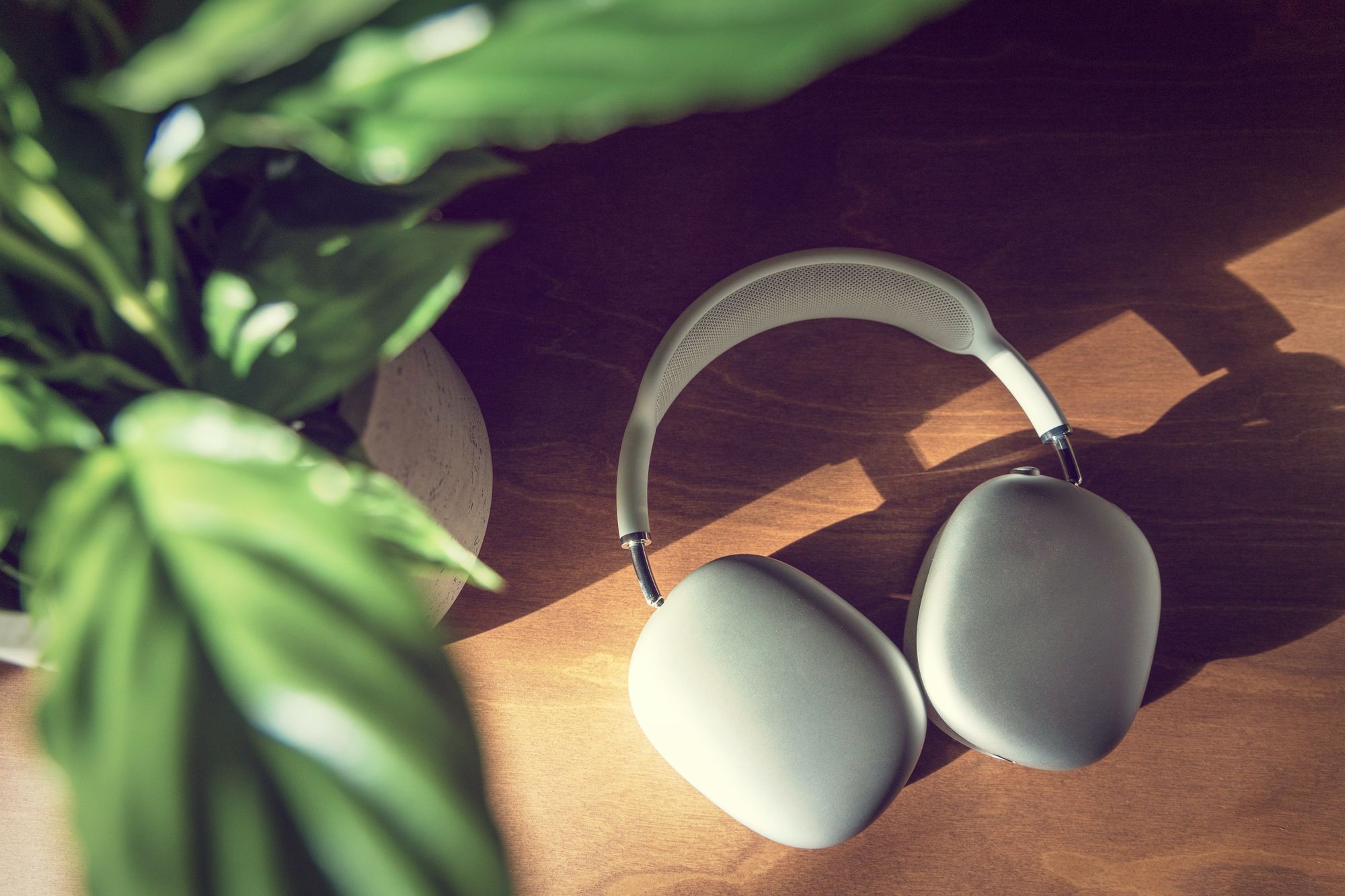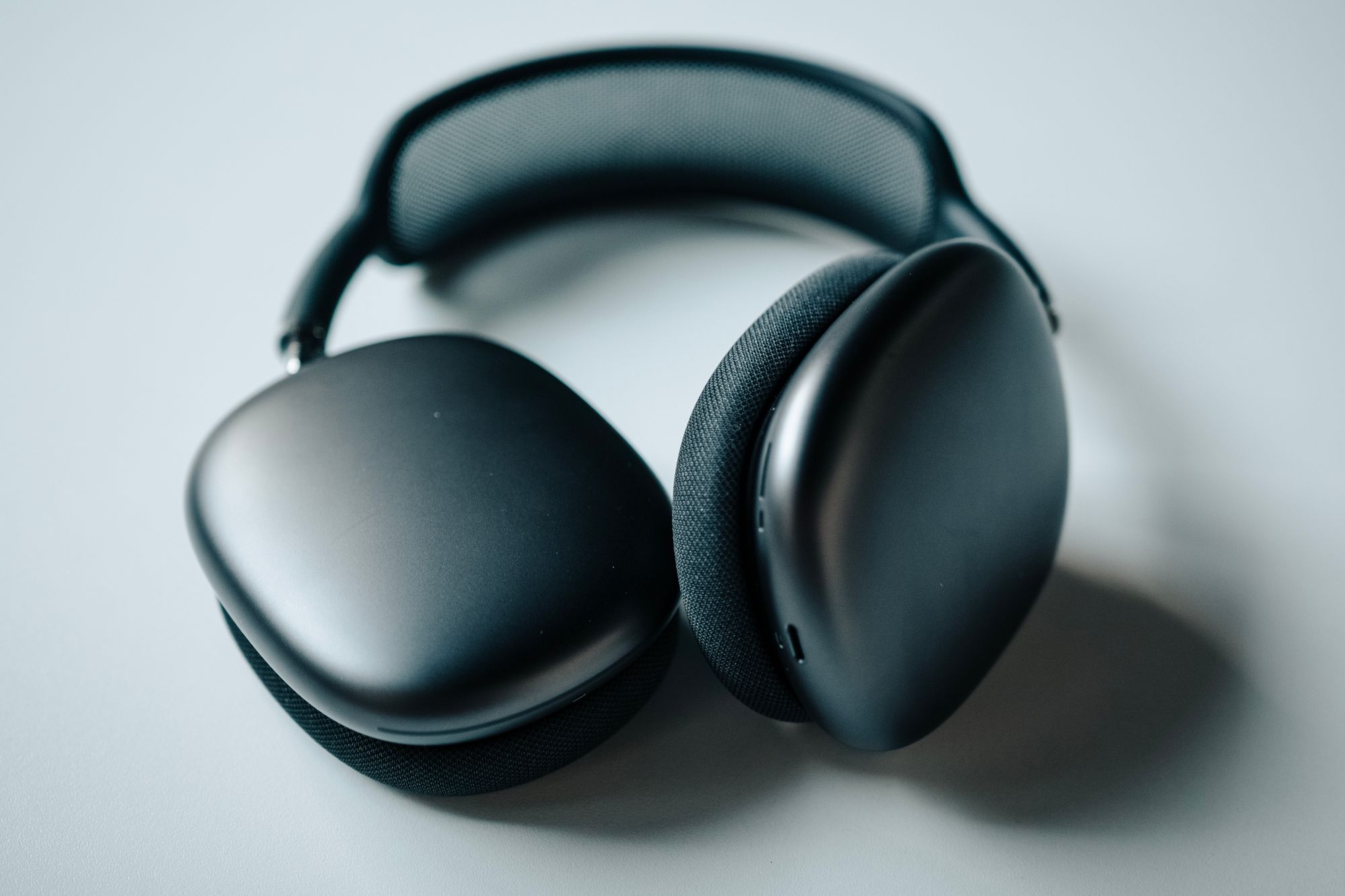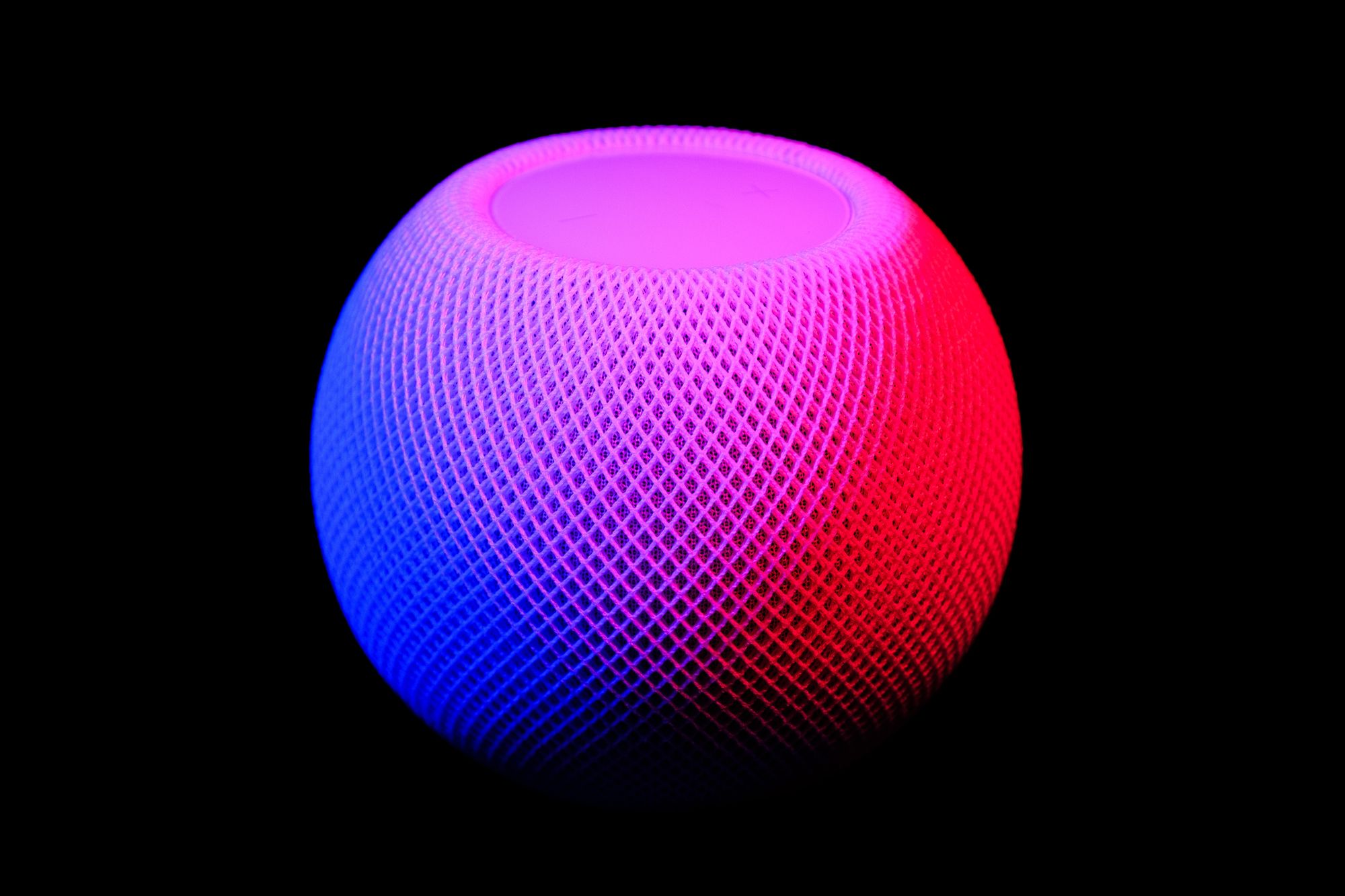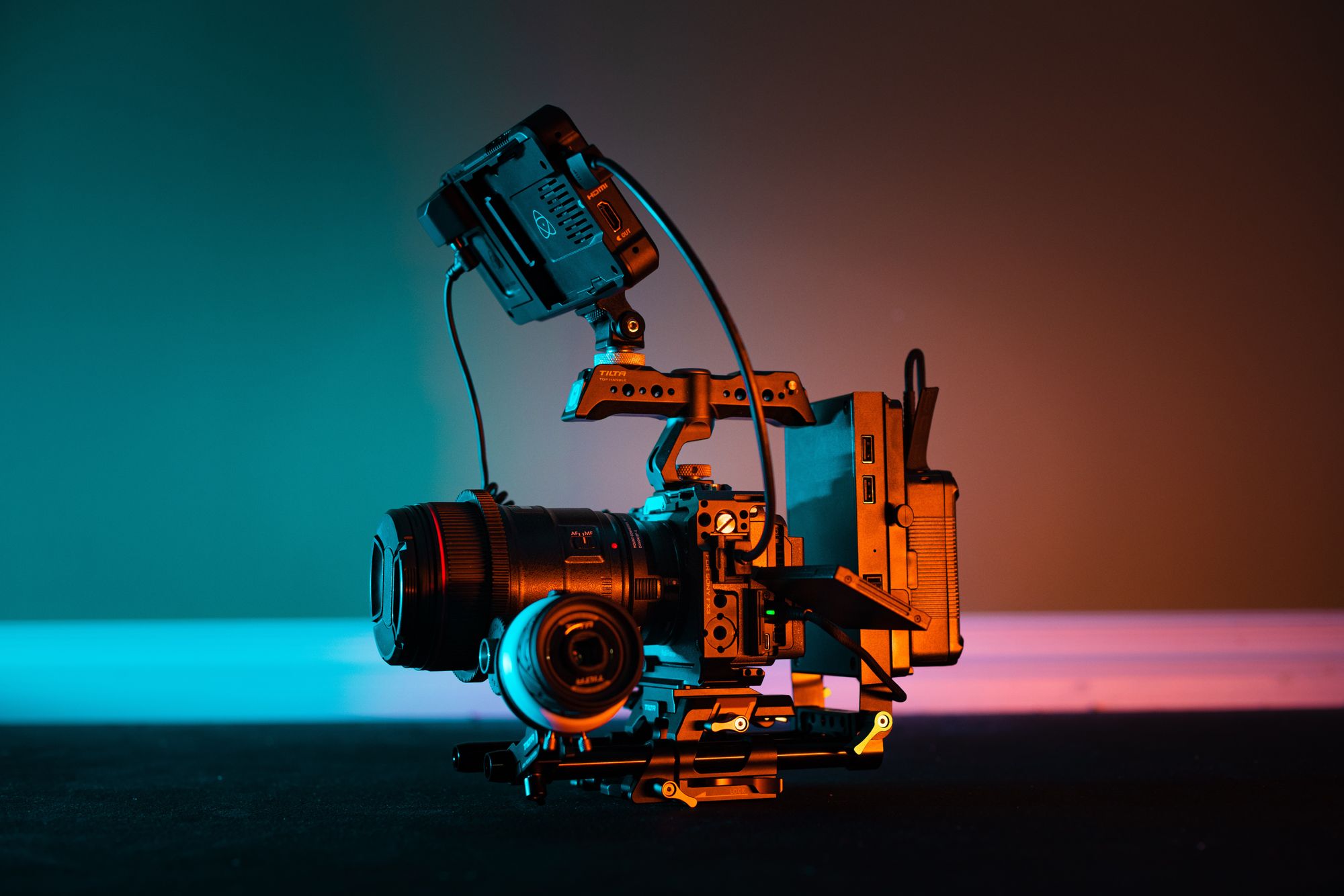Rode VideoMic Pro Review
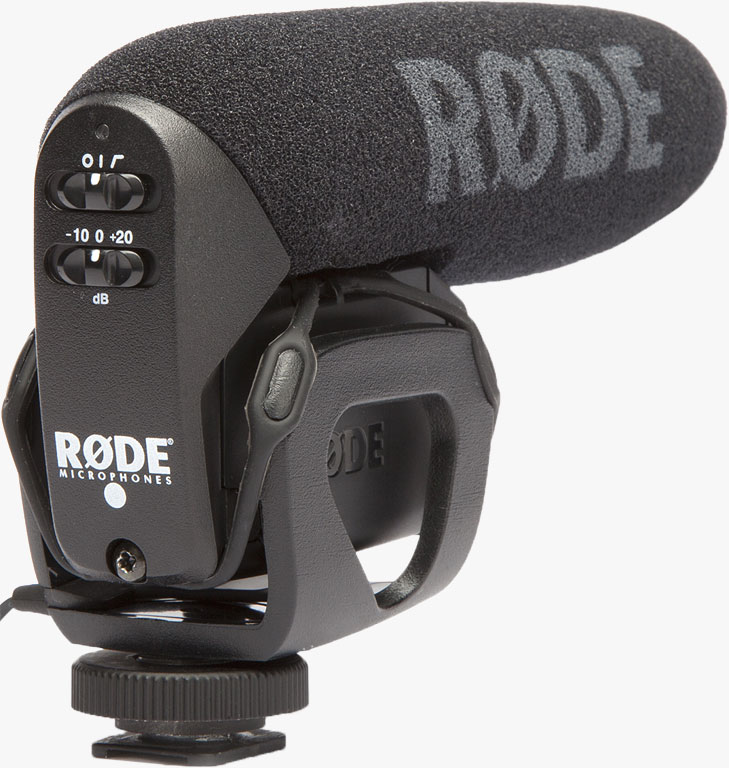
 DSLR videos are becoming a big deal these days, and one of the biggest drawbacks to DSLR cameras across the board is audio. The built-in microphone featured on most DSLR cameras is generally on-par with the cheapest consumer-grade camcorders you can find. To be honest, my sub-$100 Flip camcorder has better audio than my Canon Rebel T3i.
DSLR videos are becoming a big deal these days, and one of the biggest drawbacks to DSLR cameras across the board is audio. The built-in microphone featured on most DSLR cameras is generally on-par with the cheapest consumer-grade camcorders you can find. To be honest, my sub-$100 Flip camcorder has better audio than my Canon Rebel T3i.
Enter the Rode (officially spelled RØDE) VideoMic Pro. This shotgun mic mounts directly to my DSLR’s hot shoe and produces terrific sound without the need of auto gain control (AGC) on the part of the camera.
Audio Quality
The sound produced by the Rode VideoMic Pro is absolutely fantastic, even in conditions that are less than optimal. To test it, I took the Rode out to a friend’s back yard which was filled with the sounds of birds chirping and kids screaming from the next yard. In person, it was difficult to hear the subject without cringing at the possibility of these distracting background noises ruining a perfectly good take. To my surprise, only the subject I was trying to capture dominated the audio track.
The Rode VideoMic Pro features an 80Hz high pass filter that does a great job of reducing the rumble and boom which commonly presents itself out in the field, especially when you’re moving about. You can turn this off and experience a full range of sound, but I don’t think the difference hurt enough to bother anyone.
A -10, 0, and +20 db gain switch on the back is a great addition that allows the VideoMic to work with a wide range of audio capture devices. For a DSLR, I crank the gain on the mic and turn it almost all the way down on the camera. Folks with higher-end audio receivers and recorders might prefer to keep the mic levels down a bit.
Build Quality
One of the biggest considerations in any field-ready audio device is build quality. Can it stand up to the bumps and bruises of use on the road?
For the Rode VideoMic Pro, that answer is a yes… with caveats.
For one, the audio cable feeding into the camera is one of those ultra-thin ones that you just feel will snap or stag in something. The previous model, the Rode VideoMic, has a thicker coiled cable which would appear to be much sturdier. Both terminate in a 3.5mm minijack.
The microphone itself isn’t terrible large. It’s actually fairly small in comparison to other shotgun microphones. It sits on top of a specially-designed shock mount which adds very little bulk to the overall unit. The small bands that hold the mic to the mount are thin, but easily replaced. You receive extras in the box.
I’d say the Rode VideoMic Pro is a great addition to your traveling rig provided that you’re not hammering nails with it or pulling on the short audio cable. Everything else aside, its 10-year warranty has you covered should the unforeseen happen.
Other Thoughts
Power for the Rode VideoMic Pro doesn’t come from your camera’s hotshoe. It comes from a single 9v battery (which you provide) that installs in the front, below the microphone. This provides enough power for up to 70 hours of audio recording. You need to remember to turn the microphone off between shoots as it’ll draw power just sitting in your bag.
At over $200, this isn’t a microphone for the budget amateur. It’s intended for use by professionals and consumers with extra cash in their pocket. There are plenty of great shotgun mics for less, but few will stand up to the general audio quality presented by this remarkable condenser microphone. After all, how many camera-mounted mics can double as a boom mic with any real success?
http://www.youtube.com/watch?v=BQPAycP7t40
Bottom line: This is a great microphone. It does exactly what it advertises. If you have the extra cash and need something that produces incredibly accurate sound without being clipped to the speaker, this is the one I’d recommend over any other.

